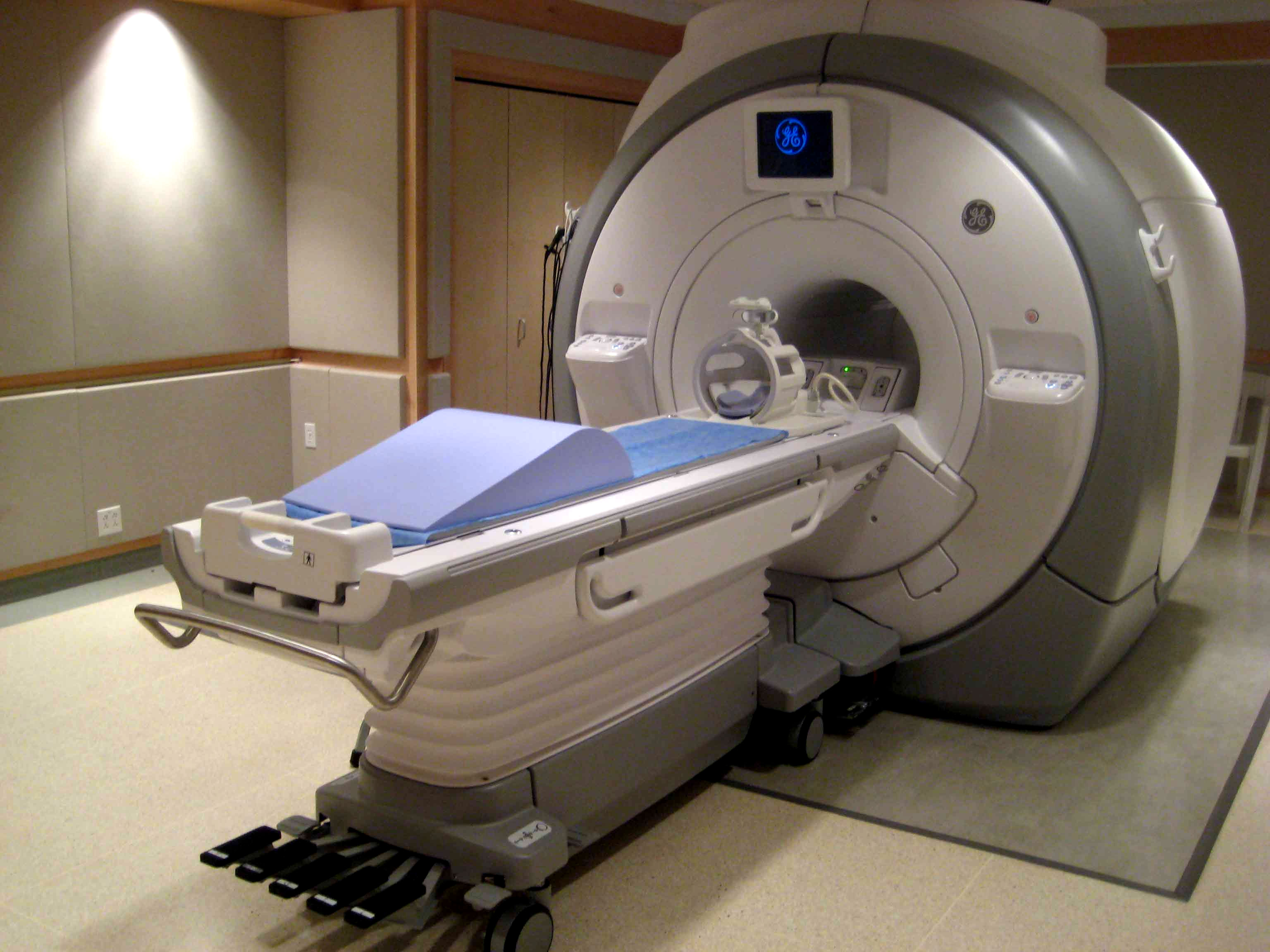

The human neuroimaging research has accelerated over the past decade, fueled by numerous discoveries about brain structure and function and its relation to disorders. Neuroimaging, especially by means of magnetic resonance imaging (MRI), is playing a preponderant role in mapping the human and animal brain, due to its non-invasiveness, excellent soft-tissue contrast, and multiple readouts. Approaching the complexity of the organ and the levels of organization of neuronal circuits across several orders of magnitudes, both spatially and temporally, requires the collective scientific efforts from multiple teams across several disciplines. The implementation of standardized animal neuroimaging protocols will facilitate animal population imaging efforts as well as meta-analysis and replication studies, the gold standards in evidence-based science.Ī detailed understanding of the mammalian brain structure and function is one of the greatest challenges of modern neuroscience. We also suggest practices aimed to promote the adoption of standards within the community and improve between-lab reproducibility. Here, we explore past and present trends within the animal fMRI community and highlight critical aspects in study design, data acquisition, and post-processing operations, that may affect the results and influence the comparability between studies. Recently, we highlighted that mouse resting-state functional connectivity converges across centers, although large discrepancies in sensitivity and specificity remained. Yet, comparisons between sites remain hampered by lack of standardization. Animal fMRI studies have developed rapidly over the past years, fueled by the development of resting-state fMRI connectivity and genetically encoded neuromodulatory tools. A collection of associated methods aims to replicate observations made in humans and to identify the mechanisms underlying the distributed neuronal activity in the healthy and disordered brain. 14Department of Radiology and Nuclear Medicine, Donders Institute for Brain, Cognition, and Behaviour, Donders Institute, Radboud University Medical Center, Nijmegen, NetherlandsĪnimal whole-brain functional magnetic resonance imaging (fMRI) provides a non-invasive window into brain activity.13Wellcome Centre for Integrative NeuroImaging, University of Oxford, Oxford, United Kingdom.12Hospital for Sick Children, Department of Medical Biophysics, University of Toronto, Toronto, ON, Canada.11Department of Biomedical Engineering, Georgia Tech, Emory University, Atlanta, GA, United States.10Institute of Experimental and Clinical Pharmacology and Toxicology, Friedrich–Alexander University Erlangen–Nürnberg, Erlangen, Germany.9Functional Neuroimaging Laboratory, Istituto Italiano di Tecnologia, Centre for Neuroscience and Cognitive Systems UNITN, Rovereto, Italy.8Department of Biological and Biomedical Engineering, Douglas Mental Health University Institute, McGill University, Montreal, QC, Canada.7Department of Psychiatry, Douglas Mental Health University Institute, McGill University, Montreal, QC, Canada.6Biomedical MR Imaging and Spectroscopy Group, Center for Image Sciences, University Medical Center Utrecht, Utrecht University, Utrecht, Netherlands.

5Neurodegenerative Diseases Laboratory, Centre National de la Recherche Scientifique, UMR 9199, Université Paris-Sud, Université Paris-Saclay, Fontenay-aux-Roses, France.4Direction de la Recherche Fondamentale, MIRCen, Institut de Biologie François Jacob, Commissariat à l’Énergie Atomique et aux Énergies Alternatives, Fontenay-aux-Roses, France.3Center for Animal MRI, Department of Neurology, Biomedical Research Imaging Center, The University of North Carolina at Chapel Hill, Chapel Hill, NC, United States.2Faculty of Biology, Medicine and Health, The University of Manchester, Manchester, United Kingdom.1Singapore Bioimaging Consortium, Agency for Science, Technology and Research, Singapore, Singapore.Lerch 12,13, Yen-Yu Ian Shih 3 and Joanes Grandjean 1,14* Dijkhuizen 6, Alessandro Gozzi 9, Andreas Hess 10, Shella D. Mallar Chakravarty 7,8, Marc Dhenain 4,5, Rick M.


 0 kommentar(er)
0 kommentar(er)
